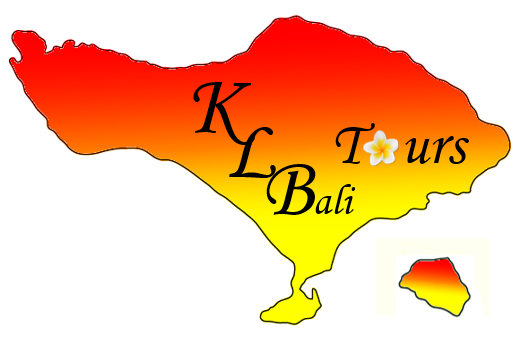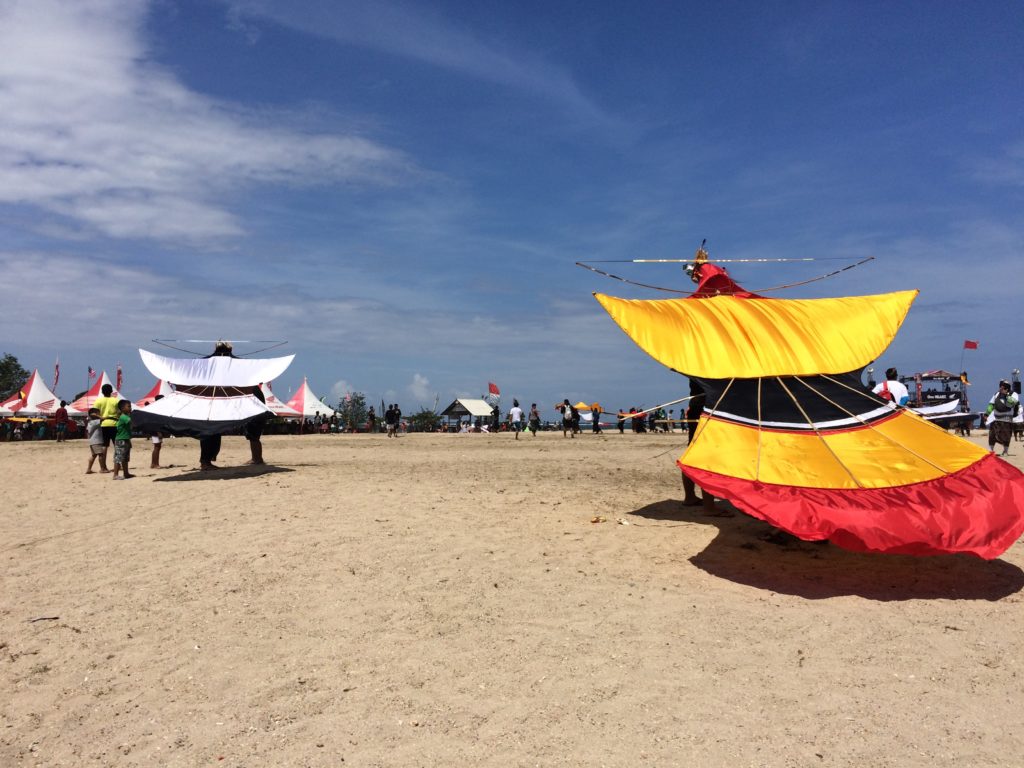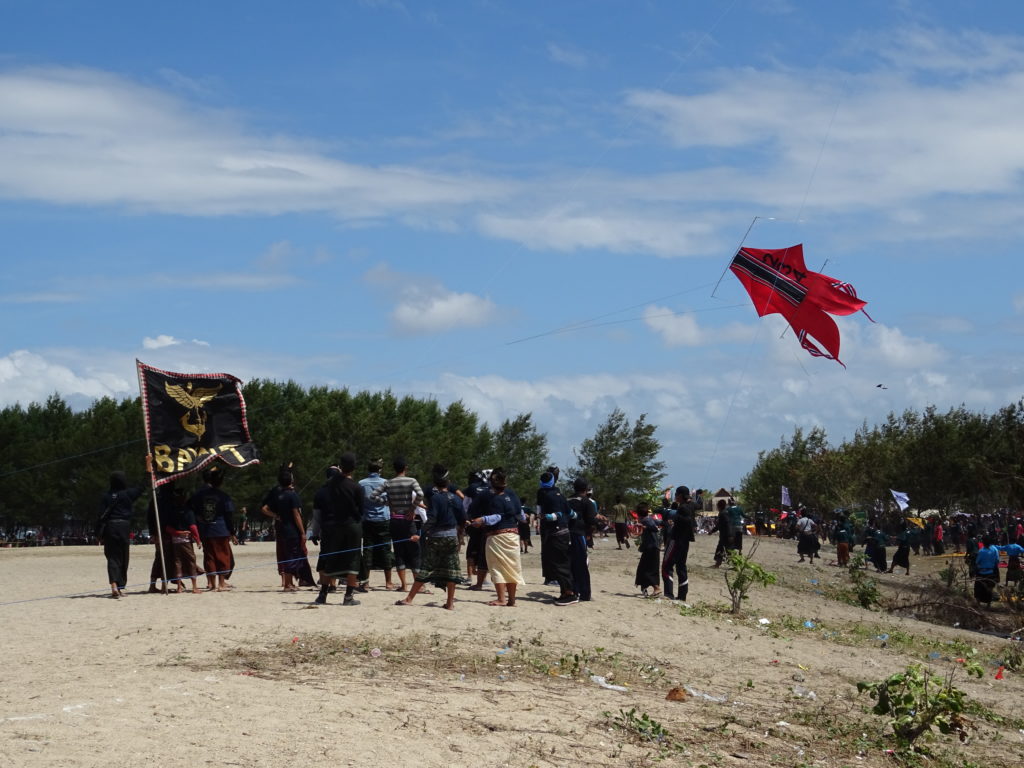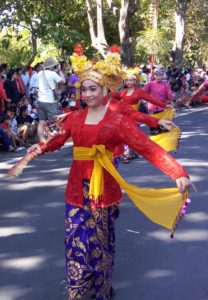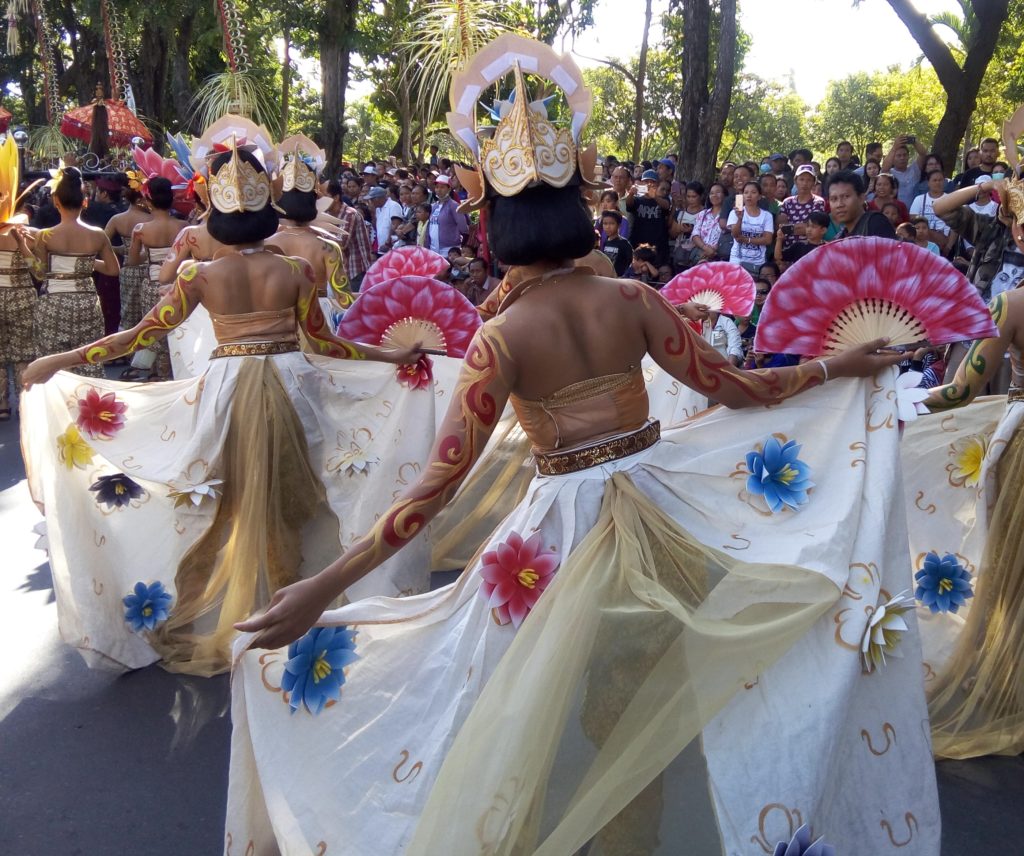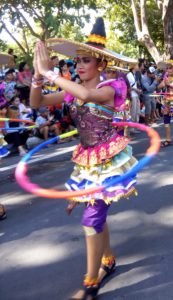- Galungan -
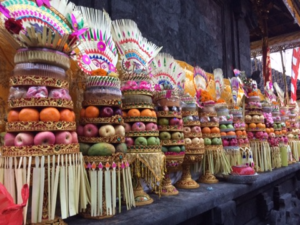 We are back just in time for Galungan. The second most important celebration, after Nyepi, of the Balinese Hindu’s.
We are back just in time for Galungan. The second most important celebration, after Nyepi, of the Balinese Hindu’s.
The Balinese Hindu’s are using a different calendar from the Western calendar. It’s called the Pawukan calendar and counts only 210 days each year. This calendar is very important in the daily life of the Balinese, since daily rituals, temple anniversaries and even Balinese birthdays are based on this calendar.
Galungan takes place every Wednesday n the 11th week of their calendar. This means that in one solar year you often have two celebrations of Galungan. This year, 2017, it took place on April 4th and it will take place on November 1st again.
During this ceremony Balinese commemorate the battle between Dharma (good) and Adharma (evil). Good won and that is of course reason to celebrate! But this celebration is not only about good versus evil. Balinese believe that the spirits of their deceased family members are coming back to visit them on Galungan. Houses and temples all over the island are decorated and many offerings are prepared to welcome them back home.
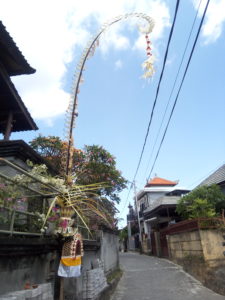 Streets are beautifully decorated with homemade penjors in front of every house. This is a large bamboo pole which is traditionally decorated by the man of the family. Often coconuts or other harvest items like rice and coconut leaves are added as offering.
Streets are beautifully decorated with homemade penjors in front of every house. This is a large bamboo pole which is traditionally decorated by the man of the family. Often coconuts or other harvest items like rice and coconut leaves are added as offering.
The Sunday before Galungan (three days before) the locals will store their fruit in a special place. This fruit will later be used for offering on Galungan and needs to ripe first, so it is perfect when it is offered. Locals call this day Penyekeban, which means ripening fruit.
Monday is all about making cakes, ‘jaja’. On this day, referred to as Penyajaan, cakes are made in all kinds of shapes and colors for the Galungan offerings.
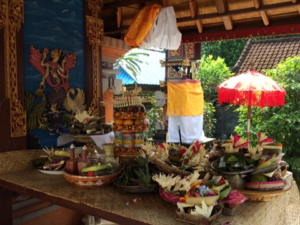 Penampahan is taking place on Tuesday, one day before Galungan. Women will be busy making the last offerings and they will do all the cooking. The men will provide a pig or a chicken for the cooking, which they slaughter on this day. This is also the day all penjors are decorated and placed in front of the houses.
Penampahan is taking place on Tuesday, one day before Galungan. Women will be busy making the last offerings and they will do all the cooking. The men will provide a pig or a chicken for the cooking, which they slaughter on this day. This is also the day all penjors are decorated and placed in front of the houses.
One day after Galungan Balinese will go out and visit family. This day is also called Manis Galungan.
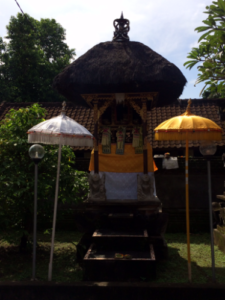 After 10 days, on Kuningan, the spirits will leave earth again and this signals the end of the Celebration. One day before the men will slaughter another chicken or pig that will be cooked and used for offering. On Kuningan in all offerings yellow rice will be used instead of the regular white rice. Yellow refers to the god Wisnu, the great protector/preserver of the universe. During Galungan and Kuningan offerings are made by the locals not only as an expression of gratitude towards Wisnu and their ancestors, Balinese hope to get protection from them as well.
After 10 days, on Kuningan, the spirits will leave earth again and this signals the end of the Celebration. One day before the men will slaughter another chicken or pig that will be cooked and used for offering. On Kuningan in all offerings yellow rice will be used instead of the regular white rice. Yellow refers to the god Wisnu, the great protector/preserver of the universe. During Galungan and Kuningan offerings are made by the locals not only as an expression of gratitude towards Wisnu and their ancestors, Balinese hope to get protection from them as well.
If you are in Bali enjoy the beautiful decorated temples, streets with the swaying penjors in the wind and locals fully dressed in colorful traditional kebaya’s.
Rahajeng Nyanggra Rahina Galungan & Kuningan! (which means happy Galungan & Kuningan!)
